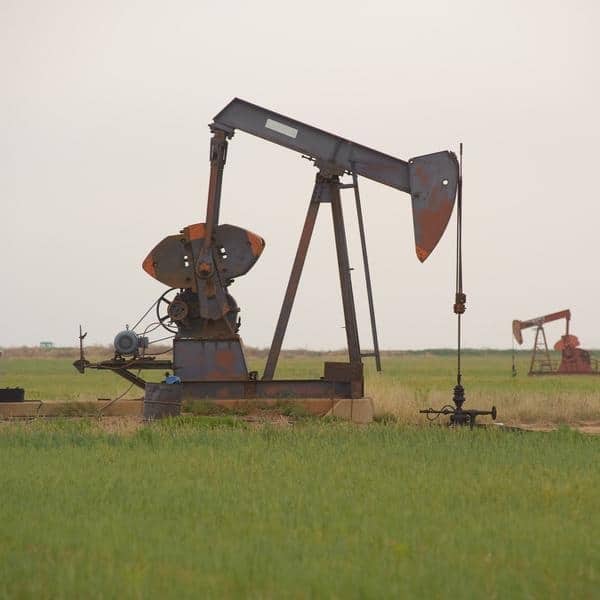Red Ami De Coeur Longsleeves Tshirt
GTIN : 3666598461172
Reference : 02959 bfuts235.724 3666598461172
Category : T-shirt
Collection : E25
Country of Production
Portugal
Country of Dyeing/Printing
Portugal
Country of Weaving/Knitting
Portugal
Environmental score
566 pts
following the methodology defined by the ADEME
Life Cycle Analysis
Introduction
Life cycle analysis focuses on the environmental impacts of a product throughout its entire life cycle, which includes the production of raw materials and the energy required for their production, the manufacturing and packaging of the product, transportation, distribution, use, and end-of-life.

Climate Change
This indicator is calculated in kg CO2 eq. It estimates what the product-related activity generates in terms of greenhouse gas emissions, responsible for climate change. 70% of these gases are CO2. The increase in the atmospheric concentration of these gases leads to an increase in the Earth's temperature.

Fossil Resources
This flow indicator is expressed in Megajoules (MJ). It represents the amount of non-renewable energy (coal, gas, oil, uranium, etc.) used during the provisioning, transportation, utilization, or end-of-life stages of various elements in their lifecycle.

Freshwater toxicity
Chemicals, including phytosanitary products, contaminate soil and groundwater. Pollution from heavy metals such as lead and mercury primarily originates from industrial activities and transportation. These various types of pollution severely threaten water quality and ecosystems.
